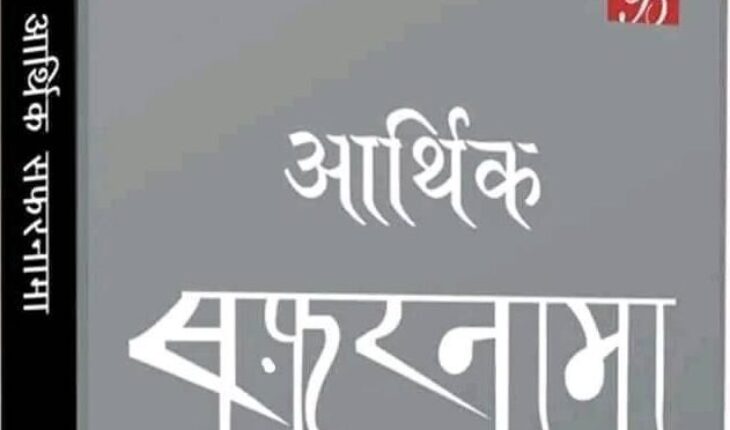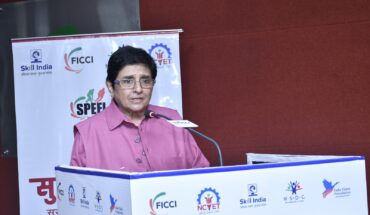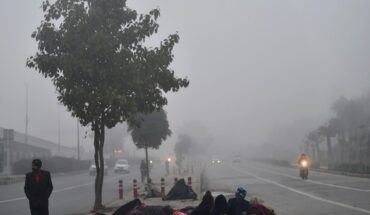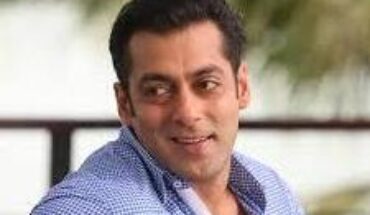Tite of the Book : “Aarthik Safarnama “
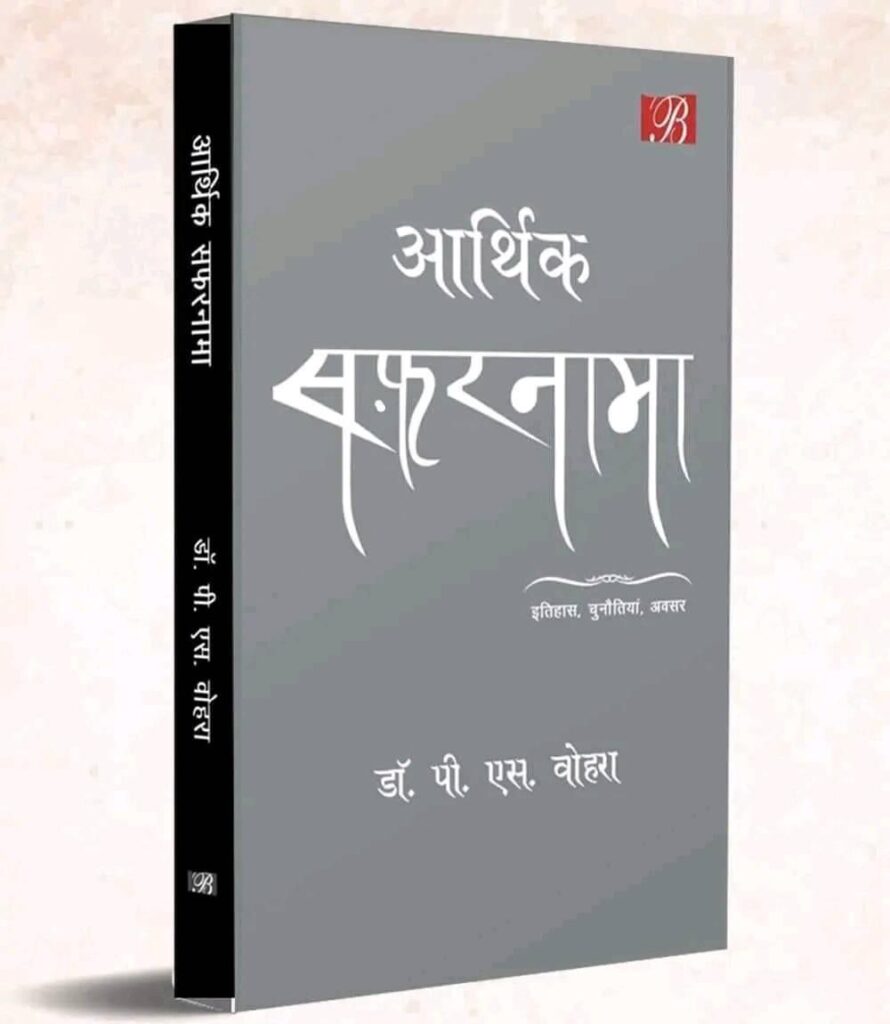
Language : Hindi
Publisher : Bharti Publication Delhi
Pages : 252
Price : 290 Rs

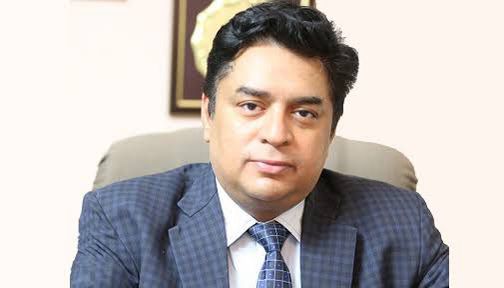
We all Indians feel proud to have achieved the title of fifth largest economy in the world. In order to reach this level, the Indian economy has seen many ups and downs in the last 75 years since independence. For the first two decades after independence, the country was impacted by lack of infrastructure, dependence on imports, shortage of food grains, poverty and unemployment. Although a lot of work has been done on the economic problems and challenges that have been going on since independence, yet these issues have not been eliminated completely from the country. The book “Arthik Safarnama”, which introduces some historical economic events, challenges, opportunities and economic lifestyle of the common man since India’s independence, has come in the market recently. The author of the book Dr. P.S. Vohra is an educationist, columnist and an expert on economic affairs. Our generation has been lucky to witness all these economic transformations, therefore, we can identify with all these incidents clearly.
The first part of the book covers 4 historical economic events of independent India (Green Revolution, LIC, Economic Reforms of the 90s and Cricket). In this section the author has tried to explain how these 4 historical economic events gave rise to a financial innovation in the Indian society and made their immense contribution to the Indian economy. The author has explained these events in a very interesting way. The need for a Green Revolution and its implementation has all the positive and negative effects on the economic life of the farmers. When life insurance corporation of India became the strong link of Indian economy and its impact on Indian society has also been explained. The need, utility and impact of the economic reforms of the 90s have been brainstormed, due to which India has become economically strong today. The author has also mentioned about cricket, the heartbeat of every Indian , when it has become an entrepreneur through IPL boosting Indian economy strongly. Here I strongly feel that I would have loved to see our failures too due to loopholes on our financial system like Harshad mehta stock market fiasco; Telgi Stamp paper scandal and mortgage of our Gold to get certain economic goods. But Dr Vohra may be planning another book on this subject.
The second part of the book covers various challenges of the Indian economy. The author covers different challenges including unemployment, poverty level, common man’s issues, farmers, unorganised sector, inflation, state and central debt levels, financial empowerment of women, pension, infrastructure development, MNREGA, population and happiness index. In this part the author has made a meaningful explanation empirically and used various data and facts to explain all the issues chapter wise. In my opinion, soon Dr Vohra may have to bring whole book on a new emerging challenge of distribution of “Freebies from the Taxpayers’s money”.
The third part of the book talks about the various achievements on the economic front for the overall development of the society. It includes chapters on employment, GST, self-reliance, stock market, digital currency, gig economy, G-20. Procuring oil for sustaining economy has been largely a mammoth task for all the governments since independence and replacement of this need by growth of renewable energy sources (Solar, Wind etc) needs coverage too. Interestingly, the work-place of Dr Vohra, Bikaner would become probably the biggest hub of solar energy on this planet.
In the fourth part of the book, many global aspects have been written and explained. This is really a great reading for readers with very limited understanding of the global ecomonim affairs. Another biggest achievement of our economic journey has been a marked shift from over-dependence on IMF/World Bank to “Make in India”-oriented confident economy. Dependence on imports, foreign exchange reserves, strengthening of the US dollar, crude oil, Russia-Ukraine war, issues of neighboring countries are included and all the chapters have been explained in detail and their impact on the Indian economy has also been explained.
Part 5 of the book is the most spectacular one and a wonderful reading too. This section shows the real economic lifestyle of different categories of the common man. In this part, the author has included shopkeepers, farmers, green grocer , milkman , taxi drivers, street food vendors, property dealers, insurance dealers, stock brokers and government and private teachers. I really liked the range of the different sections of society, covered here – from a billionaire stock market broker to a low-income earning “Golgappa vendor”. The depth of the writing clearly demonstrates that the author has personally interacted and interviewed these people to know their real economic lifestyle. I feel new students of economics and maoney markets must learn from this section to know a real India with such diverse economic activities.
Usually , books written on the subject of economics are rare and knowledge of the subject is necessary to understand them, but the language and style of this book is very simple due to which it should surely attract the common man as well. Students, appearing in different competitive examination can devote some days to learn the Indian economy in an interesting manner.


